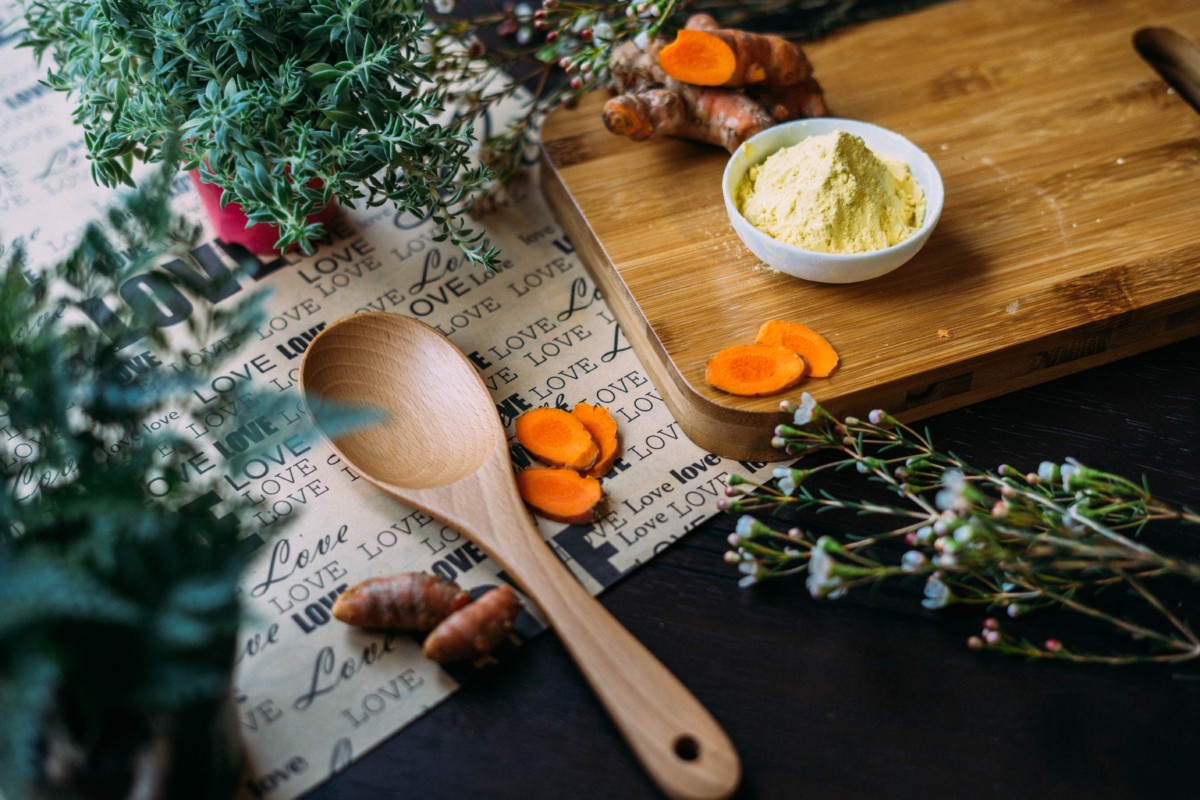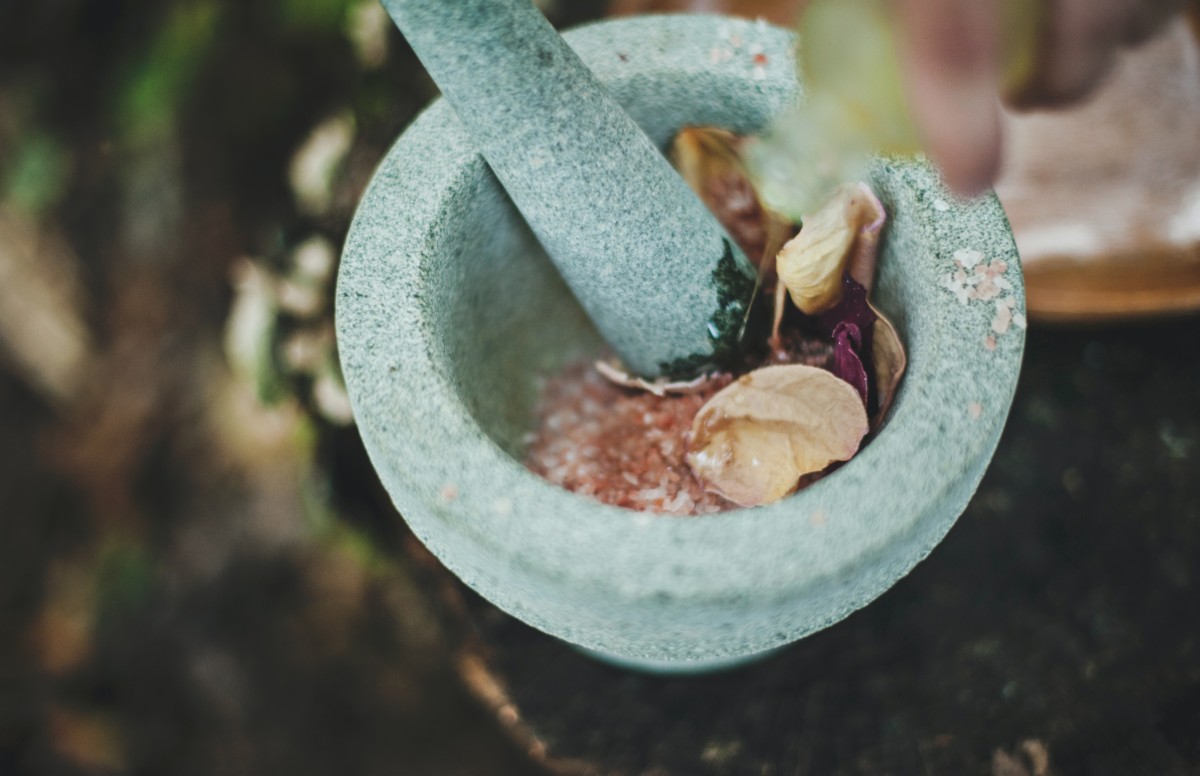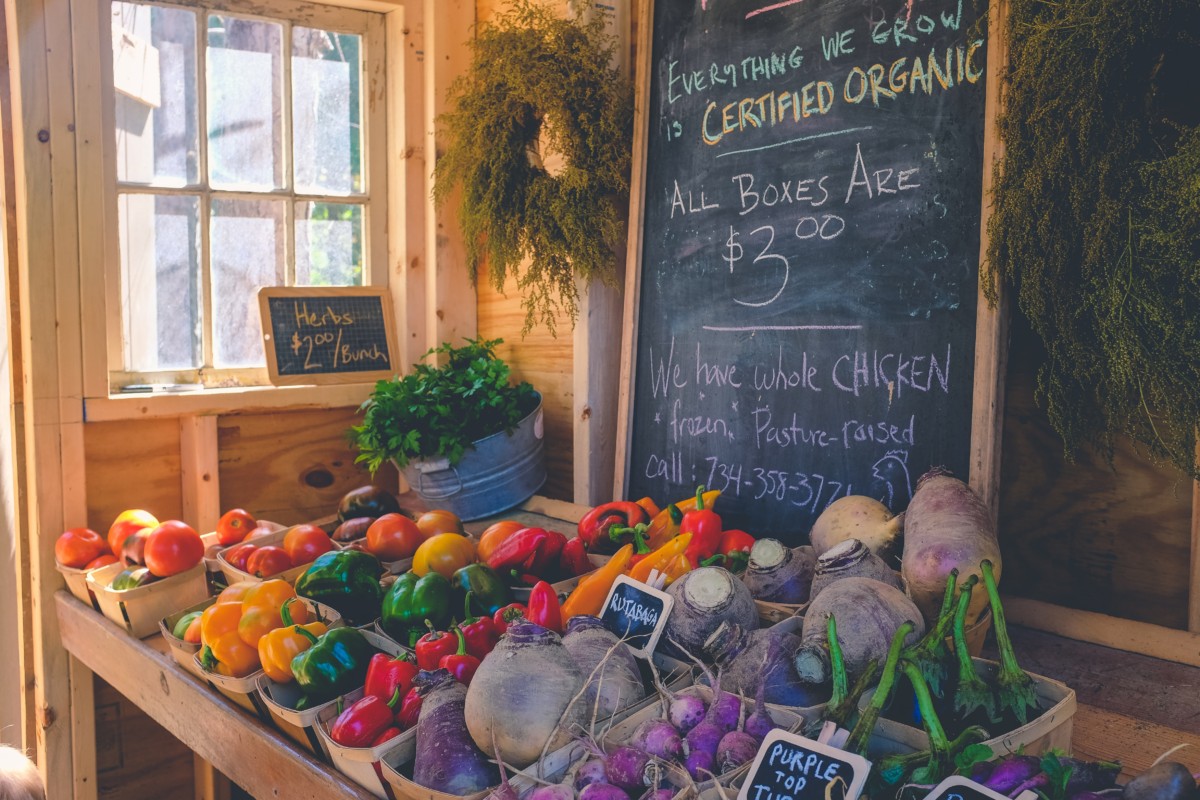Herbalism is a practice that involves the use of plants for medicinal purposes. It is an ancient practice that has been used by many cultures around the world for thousands of years. Herbalism is also known as herbal medicine, herbology, or botanical medicine. In this post, we will explore what herbalism is, the history and science behind it, the benefits of herbalism, and a comprehensive guide on how to get started with 15 of some easy common herbs and plants. Additionally, we will look into how we can use them in food, cooking, remedies, and more.
What is Herbalism?
Herbalism is the practice of using plants and plant extracts for medicinal purposes. The practice of herbalism is based on the belief that plants have healing properties and can be used to treat various ailments. Herbalists use a variety of techniques to extract the medicinal properties from plants, including tinctures, teas, and poultices.
The history
Herbalism has been practiced for thousands of years, and its origins can be traced back to ancient civilizations such as the Egyptians, Greeks, and Chinese. In ancient Egypt, herbs were used for medicinal and spiritual purposes, and many of these practices were documented on papyrus scrolls. The Greeks also used herbs for medicinal purposes, and many of their herbal remedies were recorded by Hippocrates, the father of medicine.
In China, herbalism is an integral part of Traditional Chinese Medicine (TCM), which has been practiced for over 2,000 years. TCM is based on the belief that the body is a complex system of energy channels, and the use of herbs can help to restore balance and harmony to these channels.
The Science
The science behind herbalism is based on the chemical compounds found in plants. Many plants contain compounds that have medicinal properties, including anti-inflammatory, anti-bacterial, and anti-viral properties. For example, a compound found in the plant Ginger is known to boost the immune system, while a compound found in the plant Chamomile is known to help with sleep.
Herbalists use a variety of techniques to extract these compounds from plants, including steeping the plant in hot water to make tea, extracting the plant’s oils, dry them into powders, and creating tinctures by soaking the plant in alcohol.

The benefits of Starting with herbalism
There are many benefits to herbalism, including:
- Natural remedies: Herbalism provides a natural alternative to pharmaceuticals, which can have side effects.
- Sustainability: Many herbs and plants can be grown in your backyard or foraged, making them a sustainable choice. If you’re not able to grow or forage yourself, you can locally, sustainably and ethically source them from a supplier. I will get back to that by the end of the post.
- Personalized care: Herbal remedies and other plants and mushrooms can be tailored to individual needs, making them a more personalized approach to healthcare.
- Holistic approach: Herbalism takes a holistic approach to healthcare, looking at the whole person rather than just the symptoms.
- There’s many plants like basil, turmeric, ginger, garlic, turkey tail and dandelions that have amazing properties to fight cancer, supports our immune system, maintain a healthy gut bacteria, have anti-inflammatory properties and promotes overall health and longevity for our bodies. Click the links to see some suggested science on the topic.
Getting started with Herbalism
If you’re interested in getting started with herbalism, here are some tips to help you get started:
- Do your research: Learn as much as you can about herbalism and the plants you’re interested in using.
- Start small: Begin by using one or two herbs at a time.
- Consult an herbalist: If you’re unsure about using herbs, consult an herbalist for guidance.
- Keep a journal: Keep track of the herbs you use and their effects.
- Be patient: Herbal remedies can take time to work, so be patient and stick with it.
15 common herbs and plants to start with – And how to use them
1. Dandelion
Dandelion leaves can be used in salads or cooked like spinach. The flower can be used to make ice cream and jam, and is even tasty as pickled flower buds in salads! Dandelion roots can be roasted and used as a coffee substitute, and dandelion tea can be used to detoxify the liver and aid digestion. It is said to have anti-inflammatory properties and be such a big gem for the herbalism community.
Spiritually, dandelions are known to embody the sun, the moon and the stars all in one lifetime.
2. Nettle
Nettle leaves can be used in teas, soups, and stews. It is high in iron, calcium, and other minerals, and is known for its anti-inflammatory properties.

3. Chamomile
Chamomile is known for its calming and soothing properties, and is often used to promote relaxation and aid sleep. It can be used in teas or added to bath water.
4. Tulsi
Tulsi, also known as holy basil, is a type of basil that is widely used in Ayurvedic medicine. It has adaptogenic properties, which means it can help the body to better cope with stress. Tulsi is also known to have antibacterial, anti-fungal, and anti-inflammatory properties. It is also said to protect tissue and organs agains chemical stress from industrial pollutants and heavy metals. It can be made into a tea, taken in supplement form, or used in cooking. While it is related to the sweet basil, commonly used in cooking, they are not the same plant.
Tulsi has a slightly different flavor profile and is often described as having a spicy or peppery taste, with notes of clove and mint. It also has a long history of use in traditional medicine for its health benefits.
Sweet basil, on the other hand, is commonly used in cooking and has a more mild, sweet flavor profile. While it does have some health benefits too, such as anti-inflammatory and antioxidant properties, it is not typically used in herbalism in the same way that tulsi is.
5. Lavender
Lavender is known for its calming properties and is often used to promote relaxation and reduce anxiety. It can be used in teas, added to bath water, or used as an essential oil.
6. Raspberry Leaf
Raspberry leaf is the leaf of the raspberry plant and is commonly used to support women’s health during pregnancy and childbirth. It is high in vitamins and minerals such as iron, calcium, and magnesium, and is known to strengthen and tone the uterus. Raspberry leaf can be made into a tea, taken in supplement form, or used in combination with other herbs in a blend. The tea is especially popular for pregnant women in their third trimester, as it is believed to help prepare the uterus for labor and promote a healthy delivery. In addition, it is also used to alleviate menstrual cramps and promote overall reproductive health in women. Raspberry leaf can be combined with other herbs such as nettle, chamomile, and lemon balm to make a soothing and nourishing tea blend.
7. Rosemary
Rosemary is known for its cognitive-enhancing properties and is often used to improve memory and concentration. It can be used in cooking, or made into a tea.

8. Thyme
Thyme is known for its anti-bacterial properties and is often used to treat respiratory infections. It can be used in cooking or made into a tea.
9. Sage
Sage is a herb that is commonly used in cooking and has been used in herbalism for centuries. It has anti-inflammatory and antioxidant properties, and can be used to soothe sore throats and alleviate respiratory conditions. Sage can be made into a tea or used in cooking.
10. Ginger
Ginger is a root herb that has been used in traditional medicine for centuries. Above all, it contains compounds such as gingerol and shogaol, which have anti-inflammatory and antioxidant properties. Ginger can be used to alleviate digestive discomfort, such as nausea and bloating, and can also help to reduce inflammation and pain. It can be used fresh, dried, or in supplement form. Ginger tea is a popular remedy for digestive discomfort and can be made by steeping fresh ginger root in hot water. It can also be used in cooking, especially in Asian cuisine, to add flavor and health benefits. Additionally, ginger essential oil can be used topically to alleviate muscle and joint pain.
11. Cinnamon
Cinnamon is a spice that is commonly used in cooking and has been used in herbalism for centuries. It contains compounds such as cinnamaldehyde, which has anti-inflammatory and antioxidant properties. Cinnamon can be used to regulate blood sugar levels, reduce inflammation, and boost brain function. It can be used in cooking or taken in supplement form. Cinnamon tea is a popular remedy for reducing inflammation and regulating blood sugar levels. It can be made by steeping cinnamon sticks or powder in hot water. It can also be used in cooking, especially in baked goods, to add flavor and health benefits.
12. Garlic
Garlic is a commonly used plant in herbalism as well as cooking. It has been used for centuries for its health benefits, including its immune-boosting properties and ability to help lower blood pressure and cholesterol levels. Garlic contains sulfur compounds such as allicin, which give it its characteristic odor and taste and are responsible for many of its health benefits.
Garlic can be used in a variety of ways in herbalism, including as a culinary spice, taken as powder in supplement form, or as an ingredient in topical remedies. It can be eaten raw or cooked in a variety of dishes, such as soups, stir-fries, and roasted vegetables. In addition, garlic can be used topically as a natural remedy for certain skin conditions, such as acne and fungal infections. Garlic oil or fresh garlic can be applied directly to the affected area to help reduce inflammation and fight off infection.

13. Red Clover
Red clover is a flowering plant that has been used in traditional medicine for centuries to treat respiratory and skin conditions. It contains compounds known as isoflavones, which have estrogen-like effects and can be used to alleviate menopausal symptoms. It can be made into a tea or taken in supplement form.
14. Oregano
Oregano is a herb that is commonly used in cooking and has been used in herbalism for its antimicrobial properties. It contains compounds such as carvacrol and thymol, which have antibacterial and antifungal properties. Oregano can be made into a tea or used in cooking.
15. Turmeric
Turmeric is a root herb that is commonly used in cooking and has been used in herbalism for centuries. It contains curcumin, a compound with potent anti-inflammatory and antioxidant properties. Turmeric can be used to support overall health and wellness, and can be made into a tea, taken in supplement form, or used in cooking. Turmeric tea is often used to reduce inflammation and support healthy digestion. It can be combined with other herbs such as ginger and cinnamon for added flavor and health benefits. It can also be used topically to alleviate skin irritation and inflammation.
How to source herbs and plants for your herbalism journey
When sourcing herbs and plants for your herbalism practice, it’s important to prioritize quality and safety. Here are some key factors to consider:
- Look for reputable suppliers who prioritize sustainability, fair trade, and responsible sourcing practices. See if they provide detailed information about the quality of their products, including any certifications or testing they undergo. For example, organic certification can ensure that the herbs and plants are grown without the use of synthetic pesticides or fertilizers.
- Furthermore, look for suppliers who use high-quality and natural packaging to prevent contamination and preserve freshness.
- Do research on price. Cheaper herbs and plants may not be of the same quality or potency as more expensive options, so it’s important to prioritize quality and safety over price.
- In addition, be aware of any regulations or legal requirements for sourcing and using herbs and plants in your region. Different countries and regions may have different regulations regarding herbal products, so you have to ensure that you are sourcing and using herbs and plants in a legal and safe manner.

Conclusion
In conclusion, herbalism is an ancient practice that has been used for thousands of years to treat various ailments. The science behind herbalism is based on the chemical compounds found in plants, which have medicinal properties. There are many benefits to herbalism, including natural remedies, cost-effectiveness, sustainability, personalized care, and a holistic approach to healthcare. If you’re interested in getting started with herbalism, do your research, start small, consult an herbalist, keep a journal, and be patient. By growing your own, foraging or sourcing plants and herbs like the ones provided in this guide you can start incorporating the benefits of herbalism into your life. Start small, and make it easy – Your body will thank you.
Disclaimer: When using plants, mushrooms and herbs in herbalism, it’s important to note that some of them can interact with certain medications, like for example blood thinners, so it’s important to consult with a healthcare provider before using any plants as natural remedies.
